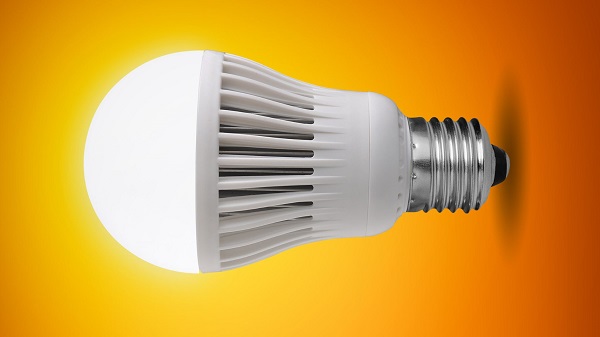
Advisor, Nuro Technologies
After discovery of electricity in 1882, the first practical light bulb was invented by Thomas Edison in 1879. Edison developed a carbon filament that could burn for hours without overheating, allowing his light bulb to be practical for everyday use. Edison’s invention revolutionized the way people lit their homes and businesses and paved the way for the widespread use of electricity.
A derivative of Edison’s filament bulbs, these traditional light bulbs had a CRI of 100. They are are relatively inexpensive but have a shorter lifespan. They have poor efficiency and hence these bulbs are no longer in use due, except decorative purpose.


CFLs were second generation energy-efficient alternatives to incandescent bulbs. They use a same principle of a linear tube light gas-filled tube to produce ultraviolet light, which is then converted into visible light by a fluorescent coating. CFLs last longer and consume less energy than incandescent bulbs but have a slower start-up time and are usually not dimmable. They contain small amounts of mercury, which requires proper disposal.
These bulbs are still in use but getting obsolete by LEDs.

Halogen bulbs are a type of filament bulbs that uses halogen gas to increase the lifespan and efficiency of the filament. They produce a bright, white light and are often used in task lighting, outdoor lighting, and automotive headlights.
HID lamps use an electric arc to produce light instead of a heated filament. They are much more efficient than incandescent bulbs and produce a large amount of light. Common types of HID lamps include metal halide, high-pressure sodium, and mercury vapor lamps. HID lamps are often used in streetlights, outdoor lighting, and industrial applications.

LEDs are semiconductor devices that produce light when an electrical current passes through them. They are highly energy-efficient, long-lasting, and come in various color temperatures and brightness levels. LEDs have become increasingly popular in recent years due to their energy savings and environmental benefits.

LEDs bulbs are markets dominators due to several factors: